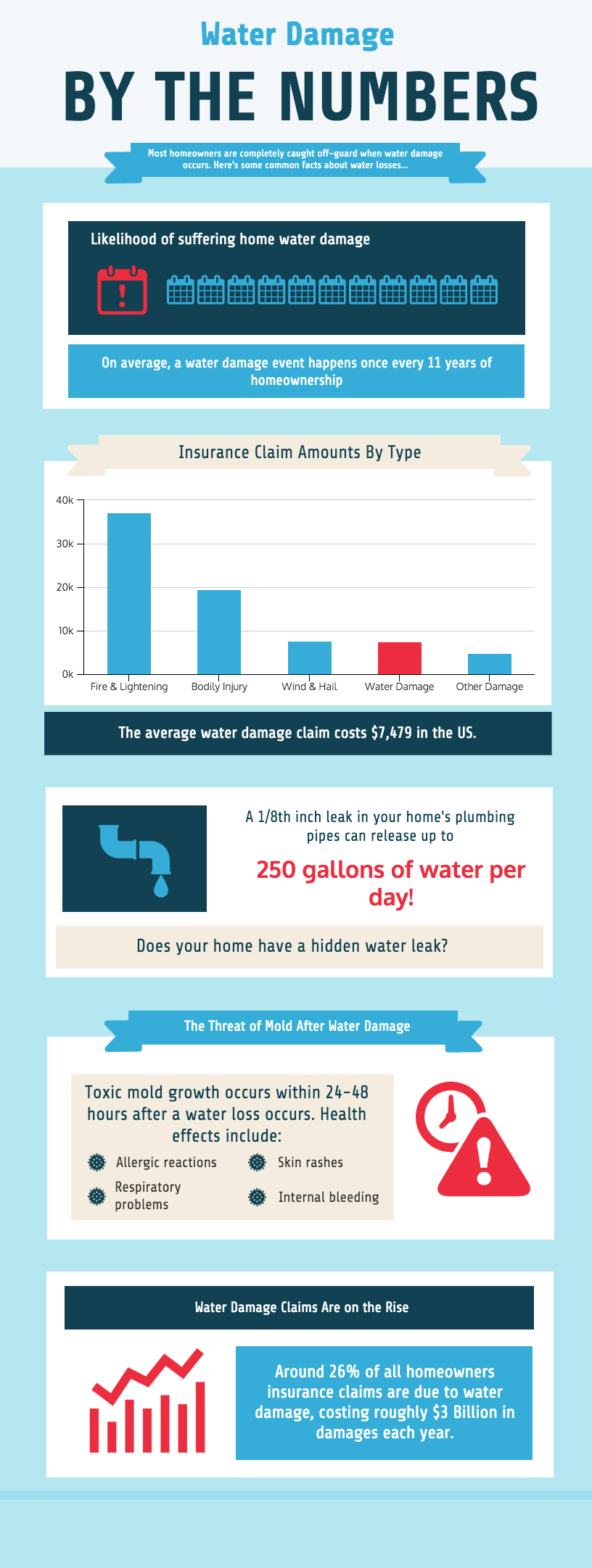Solar Power Vs. Traditional Power Resources: A Detailed Contrast
Solar Power Vs. Traditional Power Resources: A Detailed Contrast
Blog Article
Author-Price Bolton
When assessing the stability of solar energy versus conventional power sources, you might find yourself pondering the long-term sustainability and impact on your financial resources. The intricate equilibrium between preliminary costs, continuous expenses, and environmental effects raises sixty-four-thousand-dollar questions regarding the future of power generation. As you navigate through the intricacies of this contrast, a deeper understanding of the nuances in cost-effectiveness, ecological stewardship, and power safety and security awaits exploration.
Cost-Effectiveness Contrast
When comparing the cost-effectiveness of solar energy with conventional power sources, it becomes noticeable that initial financial investment distinctions play a crucial function in determining lasting savings.
While solar energy systems call for a greater in advance financial investment for installment and tools, they offer considerable lasting advantages that can surpass the initial costs. The vital hinge on recognizing that solar power systems have marginal ongoing operational and upkeep costs compared to typical energy resources like fossil fuels.
By investing in solar power, you can potentially save on energy bills over the system's lifespan. Additionally, with advancements in technology and decreasing installment costs, solar power has come to be much more available and cost effective for house owners and services alike. These savings can build up gradually, offering a roi that surpasses traditional energy resources.
In addition, solar energy systems offer the benefit of power independence and stability against rising and fall utility costs. By using the power of the sunlight, you add to a cleaner environment and minimize your carbon footprint. Welcoming solar power not just benefits your wallet however also the earth over time.
Environmental Impact Analysis
Solar power provides an encouraging option to traditional power sources due to its considerably reduced ecological effect. Unlike fossil related internet page that give off unsafe greenhouse gases and add to air contamination, solar energy generates electricity without generating any kind of emissions.
The procedure of using solar energy entails recording sunlight via solar panels, which does not launch any pollutants into the atmosphere. This lack of discharges helps in reducing the carbon impact related to energy production, making solar energy a cleaner and more lasting alternative.
In addition, making use of solar energy contributes to conservation efforts by decreasing the need for finite sources like coal, oil, and gas. By depending on the sunlight's plentiful and renewable resource source, we can aid preserve all-natural environments, shield communities, and mitigate the unfavorable impacts of resource removal.
Integrity and Energy Landscape Analysis
For a detailed assessment of reliability and the power landscape, it's necessary to review just how solar power contrasts to standard resources. visit the following website is pushing on as a reliable and sustainable energy source. While traditional resources like coal, oil, and gas have been traditionally leading, they're finite and contribute to ecological deterioration.
Solar energy, on the other hand, is abundant and sustainable, making it a more sustainable alternative in the long run.
In terms of reliability, solar power can be based on weather and sunshine availability. However, improvements in technology have actually led to the development of power storage space remedies like batteries, boosting the dependability of solar energy systems. Standard resources, as a matter of fact, are at risk to cost variations, geopolitical stress, and supply chain interruptions, making them less reliable in the long term.
When evaluating the energy landscape, solar energy offers decentralized energy manufacturing, decreasing transmission losses and increasing power protection. Conventional sources, with their centralized nuclear power plant, are much more vulnerable to disruptions and need considerable infrastructure for circulation.
Final thought
Finally, when contrasting solar energy to standard energy resources, it is clear that solar energy provides an affordable, eco-friendly, and trustworthy alternative. With marginal functional expenses, prospective financial savings on utility expenses, and a substantially lower environmental influence, solar energy is ending up being a much more lasting and protected alternative. Welcoming solar energy can help in reducing greenhouse gas discharges and contribute to conservation efforts, making it an engaging option for the future.
